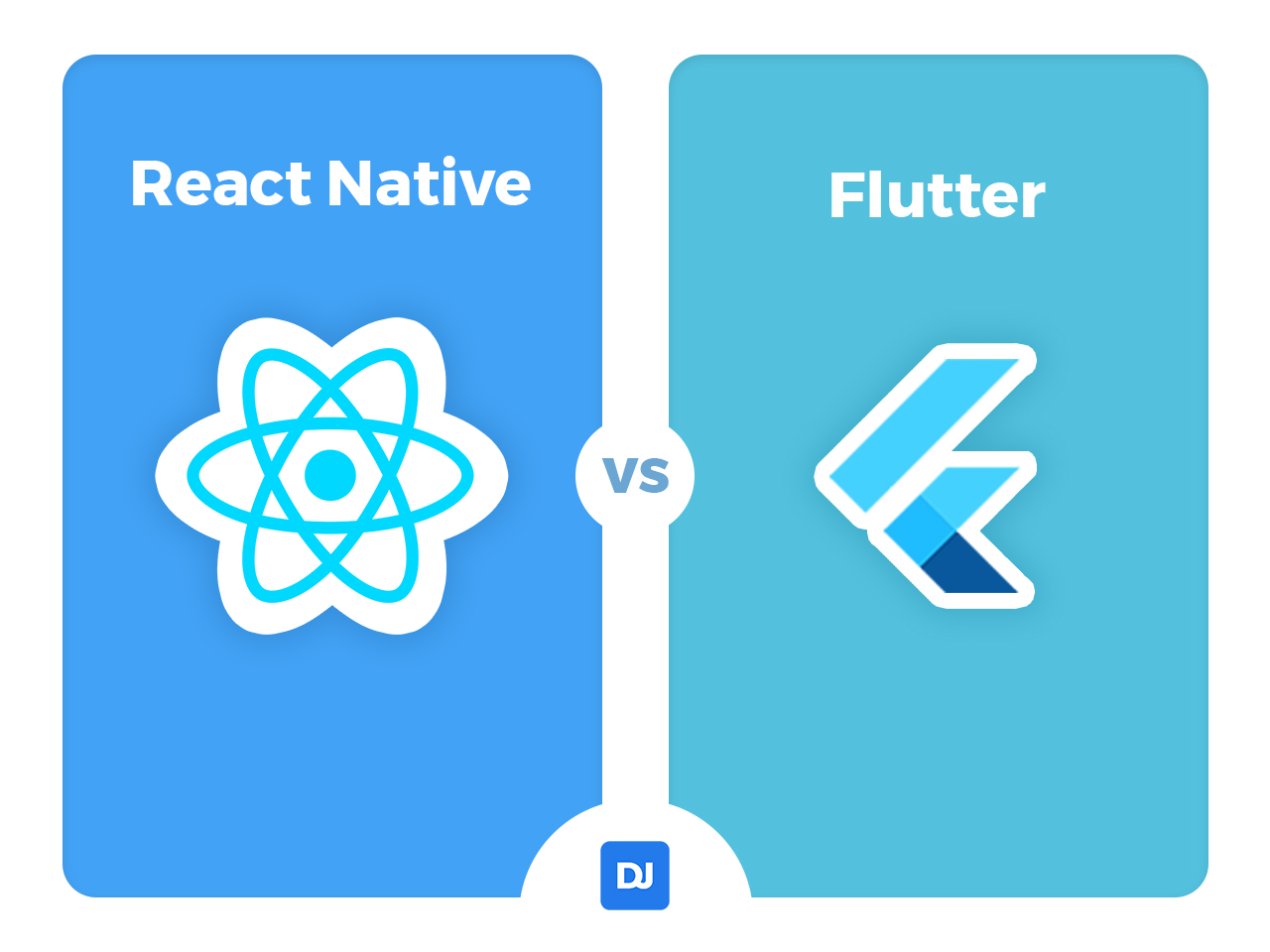Unlocking the Future of Hybrid App Development: React Native Reigns Supreme Over Flutter

In the ever-evolving landscape of mobile app development, the quest for the perfect framework to build hybrid apps has been relentless. Among the myriad of choices available, two prominent contenders stand out: React Native and Flutter. While both offer compelling features, React Native emerges as the undisputed champion, offering unparalleled advantages that propel it to the forefront of hybrid app development.
The Power of React Native’s Ecosystem
At the heart of React Native’s superiority lies its robust ecosystem. Developed and maintained by Facebook, React Native enjoys widespread adoption and support from a thriving community of developers worldwide. This vast ecosystem translates into a treasure trove of resources, including documentation, libraries, and third-party tools, empowering developers to tackle challenges with ease and efficiency.
Seamless Integration with Existing Codebases
One of React Native’s most compelling advantages is its seamless integration with existing codebases. Leveraging the power of JavaScript, React Native allows developers to reuse code across multiple platforms, significantly reducing development time and effort. This inherent flexibility not only streamlines the development process but also ensures consistency and scalability across different platforms, delivering a superior user experience without compromising performance.
Native Performance Without Compromise
While both React Native and Flutter boast impressive performance, React Native’s ability to leverage native components sets it apart from its competitors. By rendering UI components using native APIs, React Native achieves near-native performance, delivering fluid animations, smooth transitions, and responsive user interfaces. This seamless integration with native platforms ensures that React Native apps not only look and feel native but also perform at par with their native counterparts, without sacrificing efficiency or speed.
Enhanced Developer Productivity
In the fast-paced world of app development, time is of the essence. React Native excels in this regard, offering a highly productive development environment that accelerates the pace of development. With features like hot reloading, developers can instantly see the effects of their code changes without the need for time-consuming recompilation, enabling rapid iteration and experimentation. This iterative approach not only enhances developer productivity but also facilitates collaboration and innovation, driving the evolution of hybrid app development.
Unmatched Community Support and Industry Adoption
The strength of any technology lies not only in its features but also in its community and industry support. In this regard, React Native shines brightly, enjoying widespread adoption across diverse industries, from startups to Fortune 500 companies. With an active community of developers, contributors, and enthusiasts, React Native continues to evolve and innovate, pushing the boundaries of what’s possible in hybrid app development.
Comparison of Top Projects
When we look at top projects built using React Native and Flutter, the scale tips in favor of React Native. Some of the most notable apps developed with React Native include:
- Facebook – The Facebook app itself is partially built using React Native, a testament to its scalability and performance.
- Instagram – The popular social media platform, Instagram, adopted React Native for its app development, enabling rapid iteration and a consistent user experience across platforms.
- UberEats – UberEats, the food delivery service, leverages React Native to deliver a seamless ordering experience to millions of users worldwide.
While Flutter has its share of impressive projects, including Google Ads, Alibaba, and Reflectly, React Native’s dominance in terms of both quantity and quality of top projects is undeniable.
Final word : In the dynamic world of hybrid app development, React Native stands tall as the preferred choice for developers seeking efficiency, performance, and scalability. With its robust ecosystem, seamless integration, native performance, enhanced productivity, and unwavering community support, React Native empowers developers to create exceptional mobile experiences that captivate users and drive business success. As we journey into the future of app development, React Native remains at the forefront, unlocking new possibilities and shaping the digital landscape for generations to come.